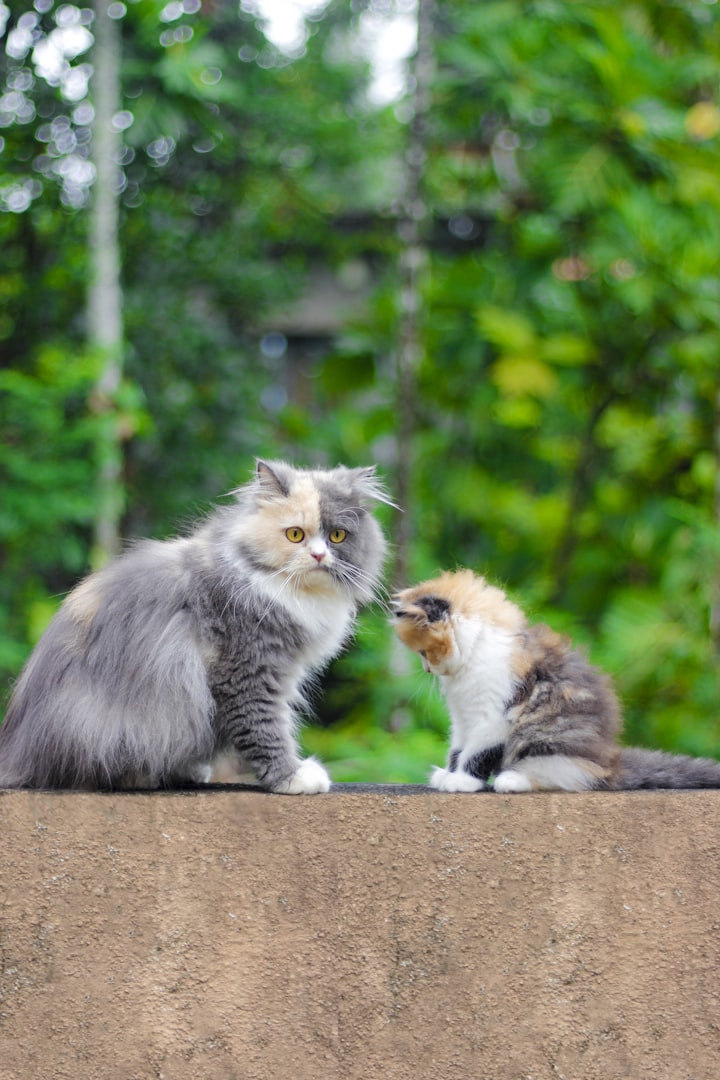Will an Agreement to Save Wild Salmon Be Enough to Save Wild Orcas?
The State of Washington has finally established an agreement with the Canadian government to save endangered Chinook salmon in hopes to benefit wild Southern Resident Orcas. However, will it be enough to save them?

In some of my previous articles, I have discussed the plight of the Southern Resident orca community and how the loss of their major food source, the Chinook salmon, is linked to their potential extinction. In addition, I have also discussed the tragic fate of one of these animals in question. A juvenile orca by the name of J50, who was also known as Scarlet. However, with all efforts to save Scarlet from becoming another mass extinction casualty having to have since failed, all eyes have now been turned on preventing future deaths relating to starvation which now means, focusing on saving the salmon that the whales depend on for their survival.
Recently, the state of Washington has announced that it had just signed the Pacific Salmon Treaty with the Canadian government in hopes that it would benefit the recovery of endangered Chinook salmon and benefit wild orca populations that rely on them. This agreement outline’s the United States and Canada’s management plans to for three different salmon species-Chinook, Coho, and Chum for the next ten years. If this plan does get the approval, the treaty would possibly result in more salmon returning to riverways of Washington and Oregon where they have been listed as endangered, due to habitat loss, pollution, and overfishing. While I praise any effort that is being made in saving Southern Resident orcas by protecting their primary food source, the question remains uncertain in my mind-will it all be enough to save a troubled orca population of about 74 animals?
Even though treaties are a good start in this complicated conservation effort to protect both the orcas and the salmon, there are still river dams in the Snake River that still need to be breached since they kill millions of wild salmon each year as they try to make their way to their annual breeding grounds while possibly causing the decline of wild orca populations off the coast of Washington State. The treaty needs to include any call that would require NOAA (National Oceanic and Atmospheric Administration) to approve any breaching of the Lower Snake River Dams. However, it’s going to be another year before both the United States and Canada approve the treaty.
In addition to having to breach the dams, both countries are also going to need to cut all fisheries of Chinook salmon by around seven to around twelve percent, while seeking additional federal funding that is aimed at public education, salmon habitat improvement, habitat protection efforts, and hatchery programs that are aimed at releasing young salmon into the Puget Sound waters. This funding is likely going to cost them more than the $50 million that was received back in 2009. So far, the government has already a task force that is aimed at addressing threats that Southern resident orcas face in their ever-shrinking habitats, such as lack of food source, and pollution. After all, this orca population is experiencing a high rate of failed pregnancies and there has not been a successful birth in the last few years.
With the Southern Resident orca population now facing extinction and being at the point where there are only a very few breeding females left, I can only hope that the state of Washington can make more efforts to protect its killer whale population by doing the following:
- Public education focused on both orca and salmon populations
- Improve and protect the habitats that both orcas and salmon rely on
- Establish rescue and rehabilitation programs for sick, injured and orphaned orcas and other marine mammals in the Puget Sound area.
- Establish hatchery programs that are aimed at releasing young salmon into Washington state waters.
- Work with First Nation Tribes on promoting marine stewardship of the Salish Sea.
- Breaching the Lower Snake River Dams to ensure the recovery of all wild salmon populations.
In the end, the orcas of the Pacific Northwest can only be saved if the salmon, their main food source, is first saved and that, can only be done if the Lower Snake River Dams are breached. This treaty is only the beginning of a potential recovery for the salmon in question.
About the Creator
Jenna Deedy
Zoo and Aquarium Professional, Educator, Cosplayer, Writer and B.A. in Psychology whose got a lot to share when it comes to animals, zoos, aquariums, conservation, and more.
Instagram: @jennacostadeedy






Comments
There are no comments for this story
Be the first to respond and start the conversation.